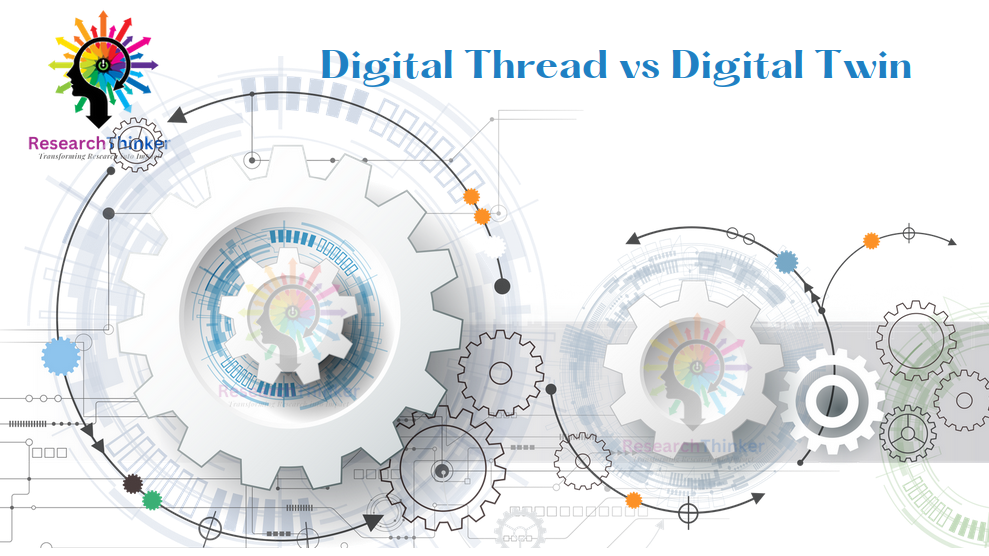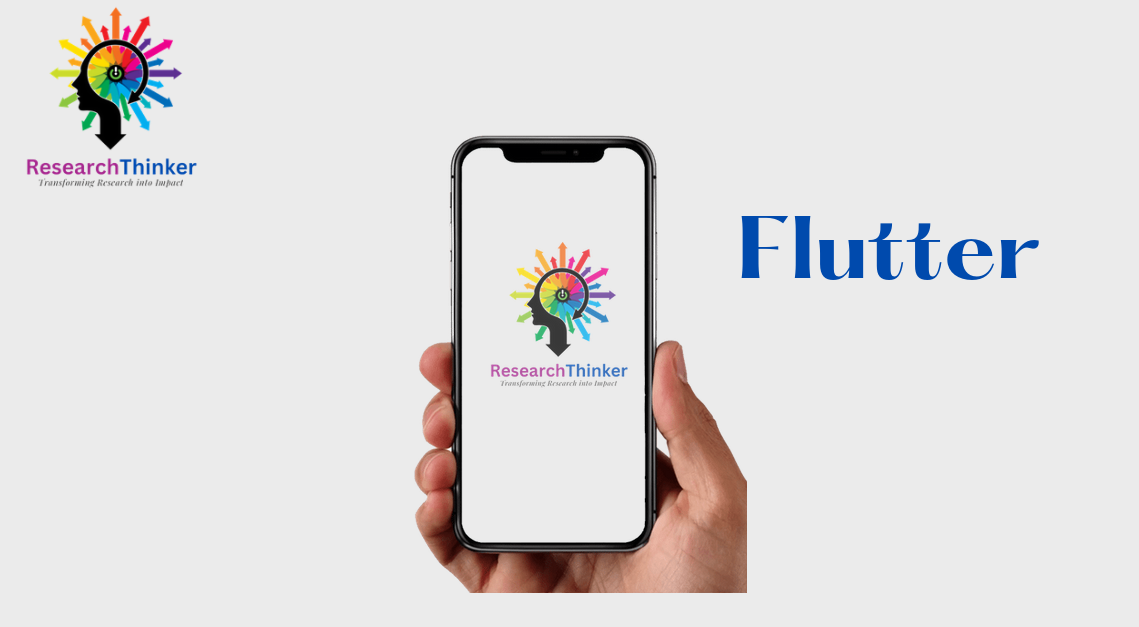Digital thread and digital twin are two concepts that are often used in the context of Industry 4.0 and the Industrial Internet of Things (IIoT). While they share some similarities, there are also key differences between the two.
Digital thread refers to the seamless flow of data throughout the product lifecycle, from design and engineering to manufacturing and operations. It involves the integration of data from various sources, including CAD models, simulation data, and real-time sensor data, to create a digital representation of the entire product lifecycle. The digital thread enables stakeholders to access real-time data and insights, improving collaboration and decision-making across the product lifecycle.
Digital twin, on the other hand, refers to a virtual model of a physical system, such as a machine, building, or even an entire city. The digital twin uses data from sensors and other sources to create a real-time, virtual representation of the physical system. It enables operators and technicians to monitor and optimize performance, and to simulate different scenarios to identify potential issues or opportunities for improvement.
Comparison Digital Thread vs Digital Twin
| Digital Twin | Digital Thread | |
|---|---|---|
| Definition | A virtual representation of a physical object or system that mirrors its real-time state, behavior, and characteristics. | A communication framework that connects and integrates data throughout the product lifecycle, providing a comprehensive view of the product’s information and history. |
| Focus | Emphasizes on replicating and simulating the physical entity, capturing real-time data and providing insights for monitoring, analysis, and optimization. | Focuses on integrating and connecting data from various sources, including design, engineering, manufacturing, and maintenance, to create a digital representation of the product’s lifecycle. |
| Purpose | Enhances understanding, control, and optimization of the physical asset, enabling improved performance, maintenance, and decision-making. | Facilitates data exchange and collaboration across different stages of the product lifecycle, ensuring seamless information flow and enabling process efficiency. |
| Scope | Typically centered around an individual physical asset, such as a machine, equipment, or a complex system, with a one-to-one relationship between the digital twin and the physical counterpart. | Encompasses the entire product lifecycle, spanning from design and engineering to manufacturing, supply chain, and ongoing maintenance and support. |
| Key Components | Virtual model, real-time data integration, sensors, analytics, and simulation capabilities. | Data integration platforms, interoperable standards, data models, traceability, and collaboration tools. |
| Applications | Predictive maintenance, performance optimization, remote monitoring, simulations, and virtual testing. | Design collaboration, version control, manufacturing process optimization, supply chain management, and product lifecycle traceability. |
| Example | Creating a digital twin of an aircraft engine to monitor its health, detect anomalies, and optimize maintenance schedules. | Establishing a digital thread that captures product specifications, design iterations, manufacturing processes, quality inspections, and maintenance records for a complex automotive component. |
While both digital thread and digital twin involve the integration of data from various sources to create a digital representation of a physical system, the key difference is that digital thread focuses on the flow of data throughout the product lifecycle, while digital twin focuses on the virtual representation of a physical system itself.
Both digital thread and digital twin are important concepts in the context of Industry 4.0 and the IIoT, and both have the potential to transform the way we design, manufacture, and operate physical systems.





